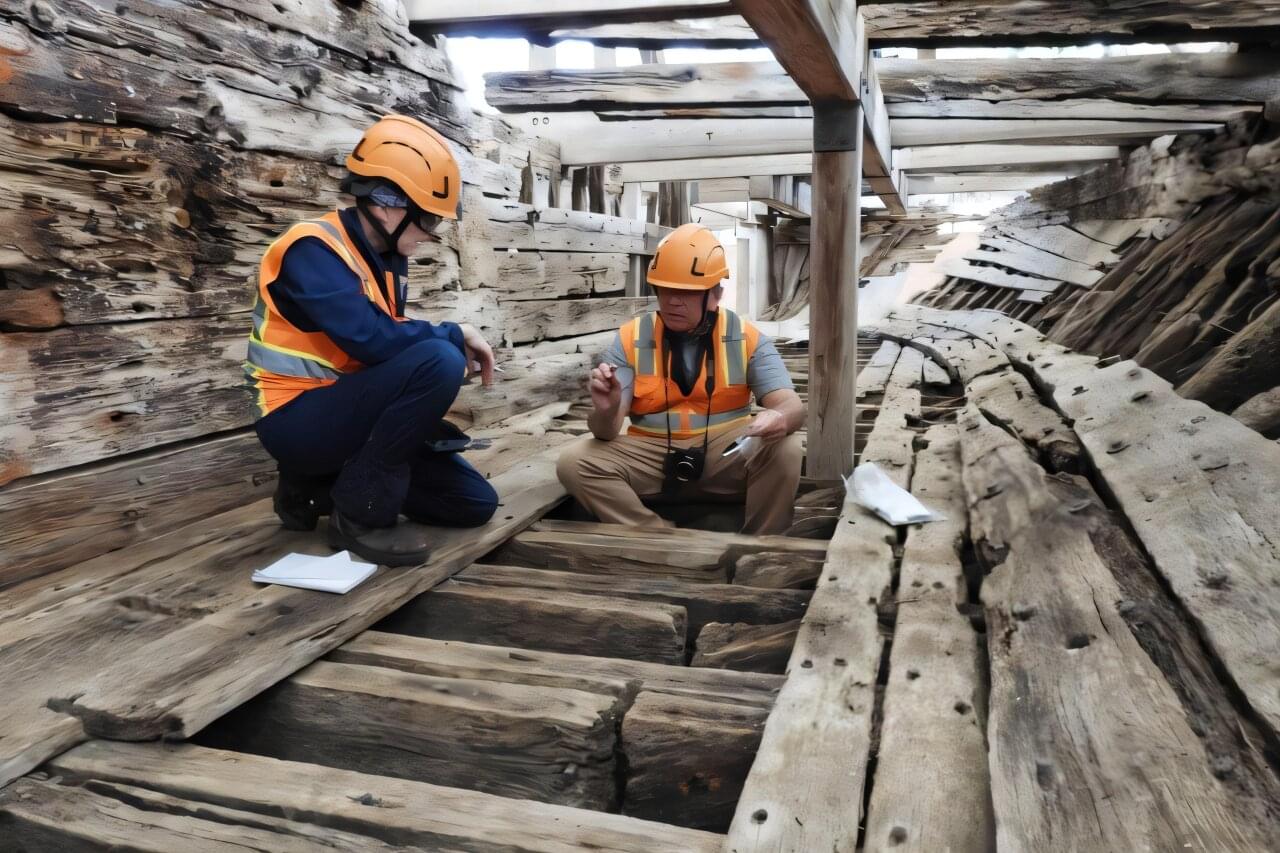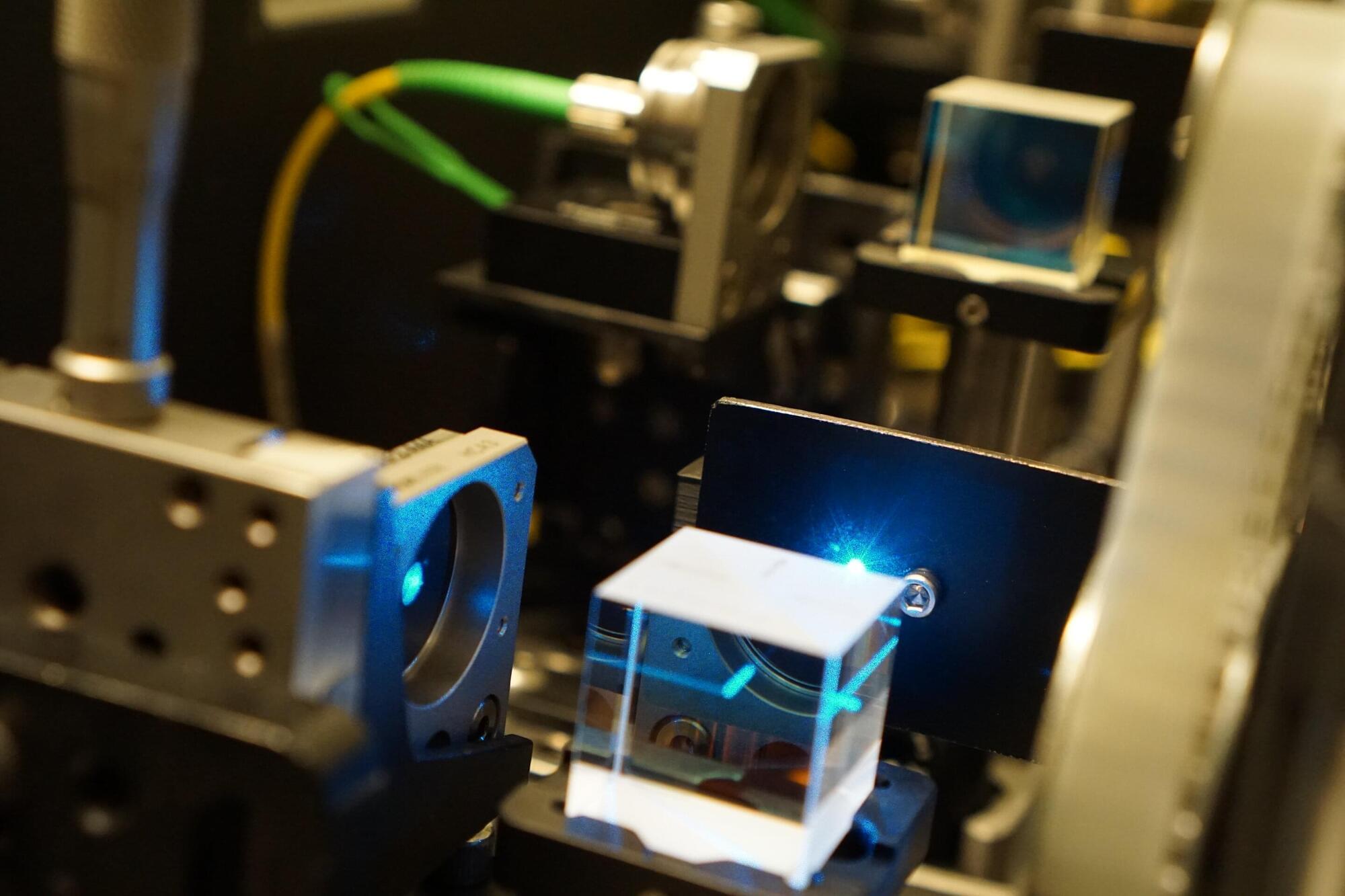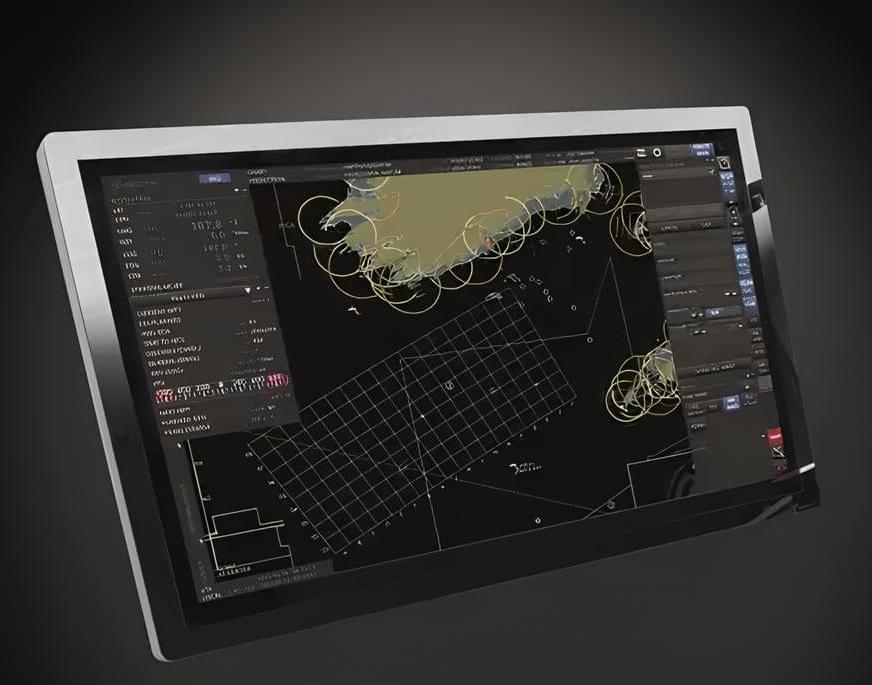ExpressVPN: Right now you can get an extra four months of ExpressVPN for free. Just scan the QR code on the screen, or go to https://ExpressVPN.com/PIERS and get four extra months for free.
Two years ago, Elon Musk was among a thousand experts to sign an open letter demanding an urgent pause on the advancement of Artificial Intelligence because of the risks concerning job losses, misinformation and more.
But now Musk is now spending a billion dollars a month to compete in an AI arms race, which is inflating the stock market to bursting point.
Amazon just laid off 14,000 workers in its ongoing A.I pivot — so, are the worst fears of doomsaying experts already coming true?
Joining Piers Morgan to discuss are respected thinkers in this field; Dr Roman Yampolskiy, Dr Michio Kaku, Alex Smola and Avi Loeb.
Then; he’s performed for presidents, billionaires and sports stars, but Oz Pearlman’s recent extraction of Joe Rogan’s pin number may have been his biggest hit yet.







